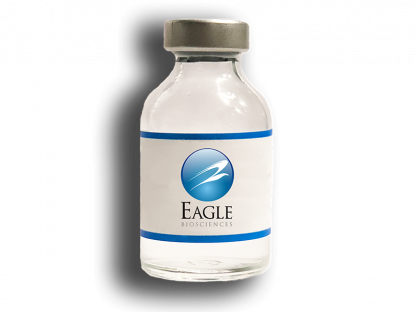Quinolinic Acid Polyclonal Antibody
The Quinolinic Acid Polyclonal Antibody is For Research Use Only
Validated for IHC in human brain tissues, the anti-Quinolinic acid (QUIN) rabbit polyclonal antibody proved to work at 1/1000 dilution on paraffin-embedded sections (a single vial caters for approximately 200 stainings).
Synonyms: Pyridine-2,3-dicarboxylic acid polyclonal antibody, Anti-quinolinate polyclonal antibody, Anti-QUIN polyclonal antibody
Immunogen: Conjugated quinolinic acid
Specificity: When tested in competitive ELISA, the anti-Quinolinic acid polyclonal antibody did not show any significant cross reactivity with Picolinic and anthranilic acids conjugates.
Size: 50µl
Storage: 4°C
Storage buffer: Before use, vial should be resuspended in 50 µL of ultrapure water.Store at +4°C for short term (1-2 weeks). Aliquot and store at -20°C for long term. Avoid repeated freeze / thaw cycles
Affinity & Specificity:
Competitive ELISA highlights that low amounts of conjugated Quinolinic acid conjugate are required to abolish antigen-antibody reaction (high affinity), while rising concentrations of analog conjugates (Picolinic and Anthranilic acids) do not affect the reaction (high specificity).
Quinolinic Acid Background
Tryptophan depletion through the kynurenine pathway produces several neuroactive metabolites, with endogenous neurotoxin Quinolinic acid as a chef de file. Known for its excitotoxic profile, Quinolinic acid induces neuronal damage through NMDA receptor overactivation, oxidative stress and mitochondrial dysfunction. The endotoxin has been found to be involved in several CNS disorders, including neurodegenerative diseases (Amyotrophic lateral sclerosis, Alzheimer’s & Parkinson’s diseases, …) and psychiatric disorders (depression, schizophrenia, …).


